In our hectic lives, we often receive messages to “slow down”, “centre” ourselves, and “align” ourselves with a larger intelligence. Oftentimes the meaning of these words are elusive, and the people who offer them, even more so. However, Ritambhara offers a program that can guide a participant to an actual experience of an inner alignment and balance that is tangible and real.
Sashikala Ananth, who devised the program called Kaya Madhya Sutram, or KMS, narrates her personal story of discovering this inner balance for herself, and how she began to share it with the world.
The Art of Learning
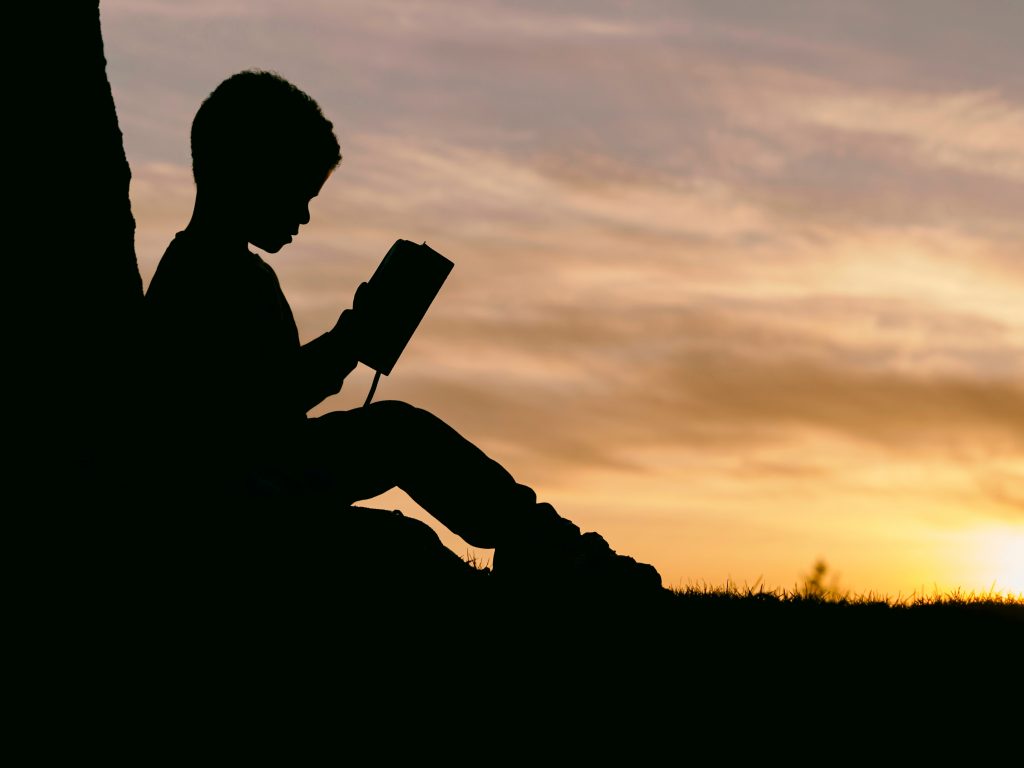
I had completed my Architectural studies from the Madras University, and instead of getting into a typical office job I decided to begin a study of the Vaastu Shastra. As a child and young adult I had been exposed to Vedanta, Carnatic music, and Bharatnatyam, and I had developed a deep appreciation of the Indian traditions. When I heard about the school of temple architecture in Mahabalipuram, my curiosity was piqued.
Through various interactions in my college life, I had come to understand that much had been lost to us through our western education, and so I decided to follow the study of the traditions, to understand and retrieve the precious knowledge that had been lost to us. This quest led me to Ganapati Sthapati, a master builder, temple architect, and scholar of the Vaastu Shastras.
While studying with Sthapati, I had started to work with various aspects of the Parampara Siksha. Parampara Siksha is the traditional learning system that was evolved over centuries in this country. It’s a holistic teaching mode that simultaneously opens out the academic learning and experiential learning.
In the musical system the student is taken through voice exercises and breath work during the day and taught the theory in the evenings; in dance the student is trained through the body, breath and emotions during the day and taught theory in the evenings; in sculpture and architecture, once again the field learning is planned during the day and textual study in the evenings. Such a teaching style is capable of creating a rounded and complete artist who can emote as well as create with her/his own body. Cross subject learning was also encouraged, dancers learnt music, sculptors learnt dance, mathematics and poetry was taught to everyone.
The Science of Creation
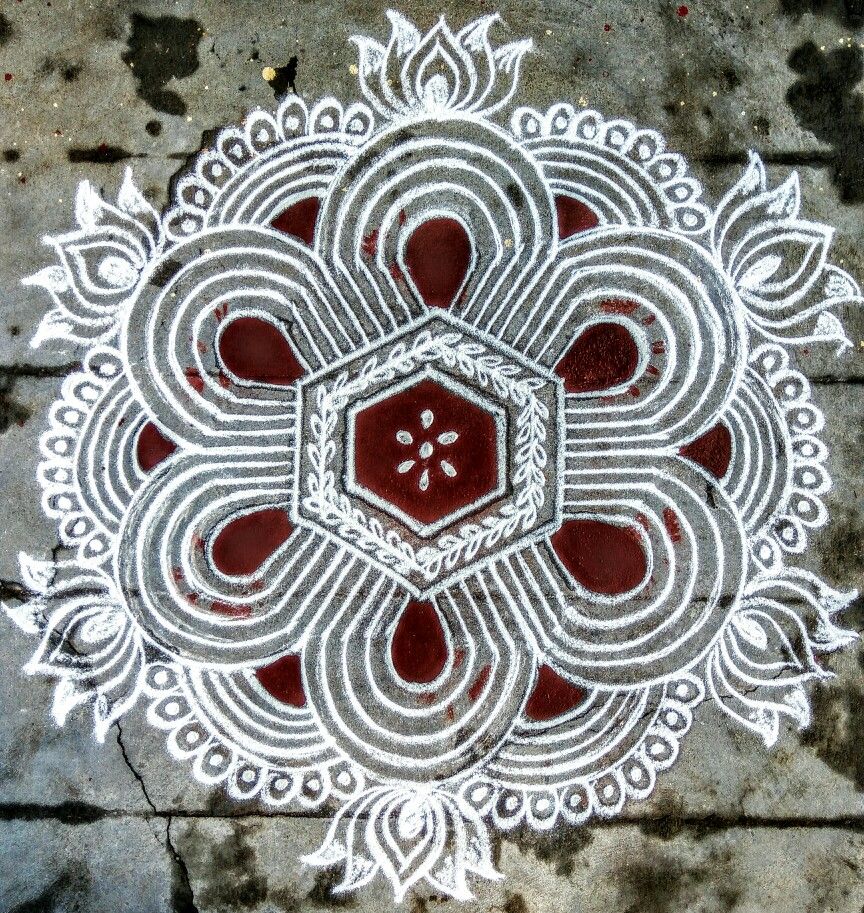
The Vaastu Shilpa tradition combines various aspects of experiential learning to assist the overall unfolding of the individual. The hands learn the texture, shape, contour and stratification of materials so that the process of sculpting and building can be taken up intelligently. Simultaneously, the body and senses of the artist have to be refined and sensitised so that there is a harmonious connection between the manifested object and the artist’s inner unfolding.
The traditions have placed music, dance, sculpture, architecture, poetry in the same universe of reality where the artist experiences a sense of rapture and delight as much as the final enjoyer of the art form.
I was asked by Sthapati to understand the grammar and process of creation in the traditions of Carnatic music and Bharatanatyam, even while discovering the same in sculpture and architecture.
The fundamental principles that I was working with remained constant in all these systems of art.
. The experience of inner delight while creating a work of art
. The balance and harmony of the body, the senses and the creative process
. Getting in touch with the unseen energies/shaktis within ourselves and letting them unfold in aesthetic and delightful ways
Discovering the Kaya Madhya Sutram

At this time I was also dealing with the theory of Bhanga and its symbolic meanings in the Shilpa Shastra. The Tribhanga or 3 flexions of the body are employed to communicate different philosophical ideas.
Abhanga and Samabhanga are minimal flexions or bends in the body that speak of the gentle compassionate stance of the deities as they offer blessings and benediction. Atibhanga shows the body in very strong body flexions/bends. It represents the Gods and Goddesses in their angry or wrathful forms.
In Buddhism too, we see the wrathful deities have powerful bends in the bodies. This body stance is combined with implements and armaments in the various hands of the Divine Beings. The Divine Ones have come to the assistance of living beings to remove the darkness, ignorance, and mis apprehension from their lives. This concept of Bhanga affected me very deeply.
I became aware of the language of the body, both in movement and in repose. The grace of a dance posture, or the anger of the movement of a warrior, evokes a Rasa, or emotional response, in the artist as well as the observer. This understanding of the body, and the energy within, was the basis of our KMS module. It is called Rasanubhava or aesthetic savouring/evocation in the artistic traditions that are known as Gandharva kalaa in the Vedic traditions. This savouring is equivalent to an epiphany, where the delight and love for life is released within the individual.
To comprehend the bend or flexion in the body, one has to first understand the body in perfect balance. This balanced standing stance is Sama pada sthanakam in Shilpa Shastra. The balanced seated posture is Padmasana and the balanced reclining posture is yoga nidra. In these states of equilibrium, the central axis in the body is in a perfect state of balance. When this alignment is experienced in its state of dynamic repose there is an awareness of the luminous thread of awareness within, known as the Kaya Madhya Sutram.
A Sense of Inner Balance
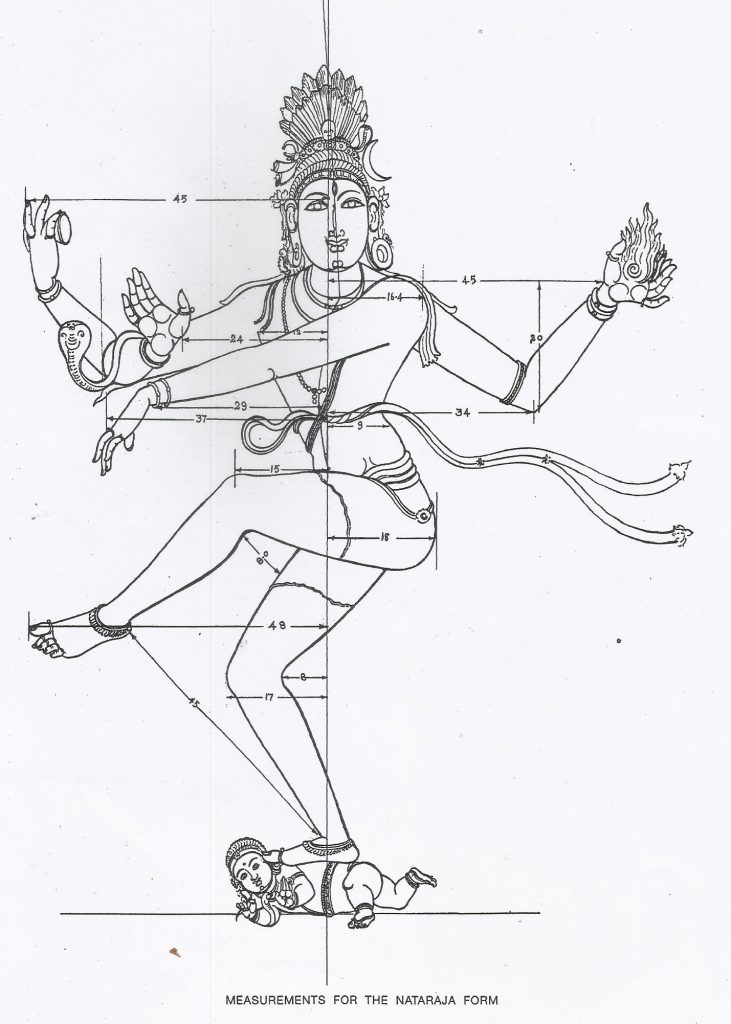
After studying about it and understanding the concept in drawing and sculpture, I worked with it through dance and music. In music, it is the basis of Shruti and in dance, it is the Kaya Madhya Sutram. I began working with my body and my voice to discover this luminous inner axis, attempting to awaken the potent slumbering energy within. I added the intent to my asana practice also. Over a period of two years, the Sadhana became more subtle as I tried to align myself. One day while I was practicing a simple adavu with my dance teacher, I experienced my epiphany! The inner axis flowered! What a moment of understanding that was!
While performing the dance sequence, I felt the inner axis, both in its still state and in its movement. It was a fleeting awareness that has only grown over the years. If I had to describe it, I would call it a consciousness of one’s personal boundary and the nature of the vessel that one calls the ‘self’. Through a continuous awareness of this inner energy axis, and a conscious investment in it, I believe I have strengthened and deepened my inner intelligence.
An Offering to the World
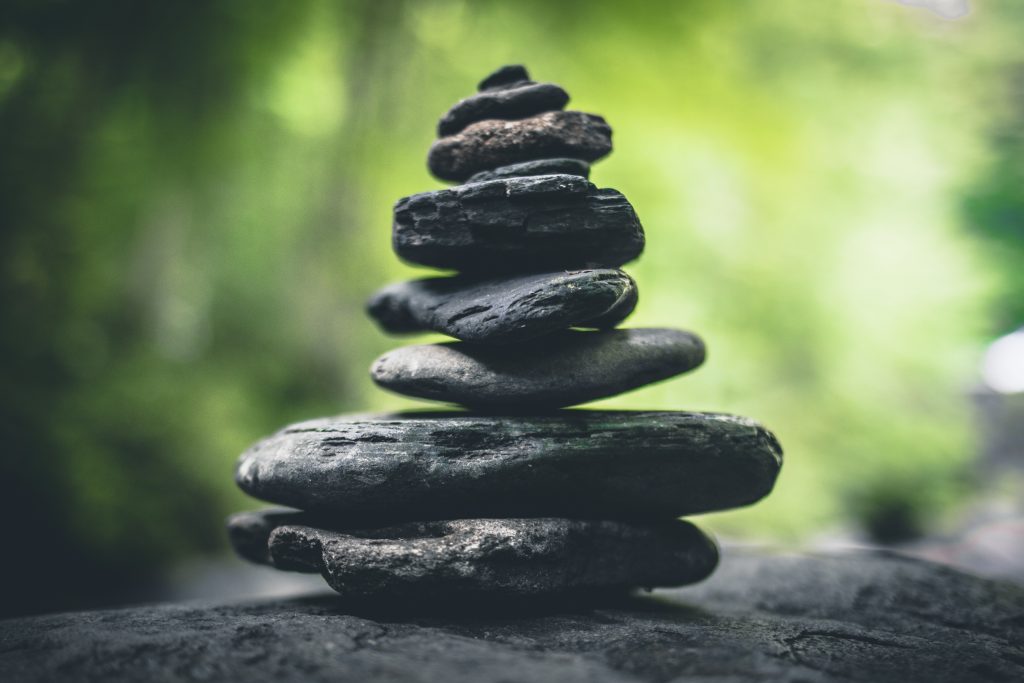
Some years later at one of my lectures, I realised that this could become an exploration of inner equilibrium for others. My friend Jyotsna Narayan and I developed a beautiful module for her dance students to discover their inner axis and to understand the source of their dynamism.
In the 90’s I had written and published an English rendering of Sthapati’s book ‘Sirpa Chennool‘. This text was called ‘Pratima Mana Lakshanam‘ and dealt with iconometry and iconography in the sculptural traditions. The KMS module was a simplification of the concepts elaborated in this text. Many dancers musicians and sculptors had used this text as a source book for their own explorations. I was invited to many seminars and discussions with these artists and that led to a comprehensive understanding of the subject from multiple viewpoints.
The current version of KMS has come out of these various stages of metamorphosis. As a methodology for inner alignment and personal awareness I find that it has multiple applications. For dancers, musicians and theatre artists; for yoga practitioners, writers and poets; for teachers, social change agents and sportspeople; for children, home makers and organisation members; KMS has been very helpful in all these applications.
In my personal experience, the process of aligning the self from its various fragments such as the body, breath, thoughts, emotions, and sensations has sharpened and intensified my focus. My capacity to be in balance in spite of any turbulence has definitely increased. Emotional stability and sensory alignment helps one focus completely on an area of interest and application. I can see what this process does to the participants of KMS, the joyousness and delight that is released when they touch the axis within themselves. It’s incomparable!
If you would like to touch this inner balance within yourself, here’s your chance to participate in the next KMS offering.

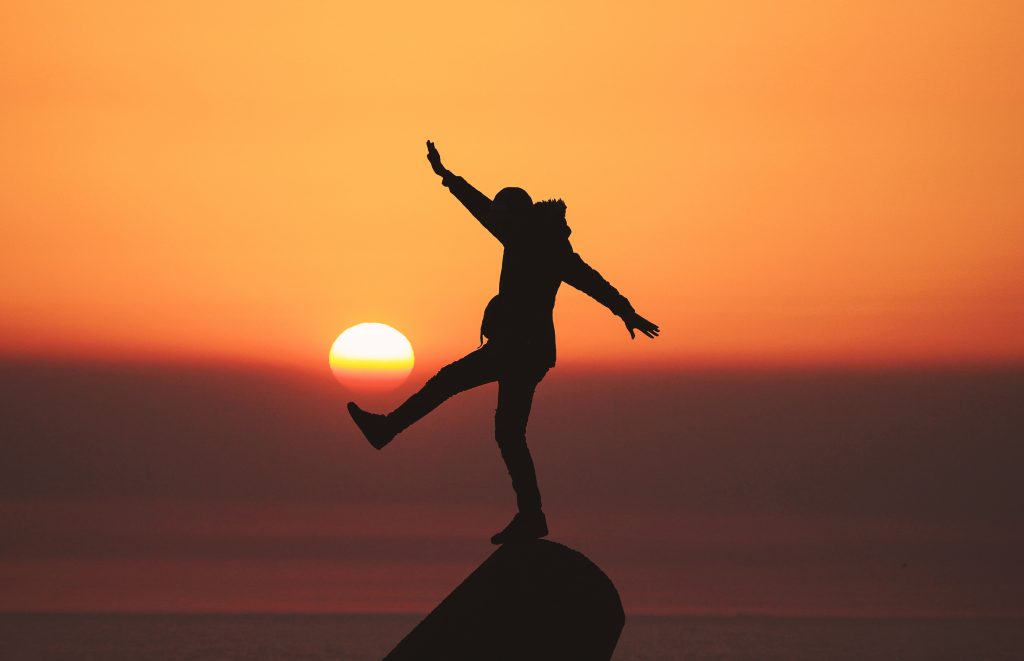
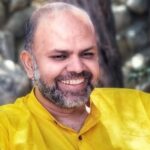 Anoop is a student of Yoga, an entrepreneur, a coach and a father of two young boys. He has led successful leadership stints in both the corporate and non-for-profit sectors. On encountering the country’s water/farmer crises at close quarters, he decided to pause and examine the impact various ‘isms’ – capitalism, colonialism, etc., were having on us as individuals, families, the society and the environment at large. This quest led him to formally engage with traditional Indic knowledge systems while also learning from the latest advances in science – about our physical and mental wellbeing, importance of body and mind work in healing trauma and the urgent need for a conscious rebuilding of family / work / social structures if we have to thrive individually and collectively. Insights, frameworks and processes gleaned from these on-going studies, an anchorage in his own personal practice and his wide-ranging experiences is what Anoop brings to facilitation/coaching spaces in Ritambhara and his various professional engagements.
Anoop is a student of Yoga, an entrepreneur, a coach and a father of two young boys. He has led successful leadership stints in both the corporate and non-for-profit sectors. On encountering the country’s water/farmer crises at close quarters, he decided to pause and examine the impact various ‘isms’ – capitalism, colonialism, etc., were having on us as individuals, families, the society and the environment at large. This quest led him to formally engage with traditional Indic knowledge systems while also learning from the latest advances in science – about our physical and mental wellbeing, importance of body and mind work in healing trauma and the urgent need for a conscious rebuilding of family / work / social structures if we have to thrive individually and collectively. Insights, frameworks and processes gleaned from these on-going studies, an anchorage in his own personal practice and his wide-ranging experiences is what Anoop brings to facilitation/coaching spaces in Ritambhara and his various professional engagements.
 Priya is a Yoga therapist in the Krishnamacharya tradition. She adapts Reiki & energy work, Vedic chanting, life coaching & Ayurvedic practices in her healing spaces. She is committed to nurturing collectives that have the praxis of Yoga at their heart.
Priya is a Yoga therapist in the Krishnamacharya tradition. She adapts Reiki & energy work, Vedic chanting, life coaching & Ayurvedic practices in her healing spaces. She is committed to nurturing collectives that have the praxis of Yoga at their heart.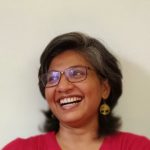 Anisha has been on an exploration to understand herself through yoga for the last 15years which led her to teaching yoga, yoga therapy and inner work through yoga.
Anisha has been on an exploration to understand herself through yoga for the last 15years which led her to teaching yoga, yoga therapy and inner work through yoga. Apoorva chanced upon Yoga in her early 20s. A spark was lit within and there was no turning back. Her exploration led her to the Krishnamacharya tradition more than a decade ago. Curious about human behaviour and what drives it, she was thrilled when her search ended (and also began) when she first came upon the Yoga Sutra, which illuminated a path towards answering many questions that had been held for a long time.
Apoorva chanced upon Yoga in her early 20s. A spark was lit within and there was no turning back. Her exploration led her to the Krishnamacharya tradition more than a decade ago. Curious about human behaviour and what drives it, she was thrilled when her search ended (and also began) when she first came upon the Yoga Sutra, which illuminated a path towards answering many questions that had been held for a long time. Anita is a yoga teacher and therapist in the tradition of Sri.T.Krishnamacarya and Sri T.K.V. Desikachar, a Reiki practitioner and a Life Coach. She is also the founder of Vishoka, a center for learning Indic and energy-based frameworks for living and healing. Her deep concern for human suffering and the problems of unsustainable living kept her on the path of seeking an integrated approach to looking at life, living, learning and healing.
Anita is a yoga teacher and therapist in the tradition of Sri.T.Krishnamacarya and Sri T.K.V. Desikachar, a Reiki practitioner and a Life Coach. She is also the founder of Vishoka, a center for learning Indic and energy-based frameworks for living and healing. Her deep concern for human suffering and the problems of unsustainable living kept her on the path of seeking an integrated approach to looking at life, living, learning and healing. Ankit is a seeker in the wisdom traditions of India. The core of his work includes creating dialogic spaces where people can look within and see the connection between their inner and outer lives. Inspired by the likes of Gandhi, Aurobindo, Vivekananda and Guru Gobind his experiments in service took him back to his roots in Punjab where he is creating a community-led model of higher education which is open, inclusive and accessible for all. Ritambhara for him is a space for engaging in a community which is committed to a DHramic life. He anchors his work of learning and leadership in the Antaranga Yoga Sadhana and the humanistic wisdom of Mahabharata.
Ankit is a seeker in the wisdom traditions of India. The core of his work includes creating dialogic spaces where people can look within and see the connection between their inner and outer lives. Inspired by the likes of Gandhi, Aurobindo, Vivekananda and Guru Gobind his experiments in service took him back to his roots in Punjab where he is creating a community-led model of higher education which is open, inclusive and accessible for all. Ritambhara for him is a space for engaging in a community which is committed to a DHramic life. He anchors his work of learning and leadership in the Antaranga Yoga Sadhana and the humanistic wisdom of Mahabharata.